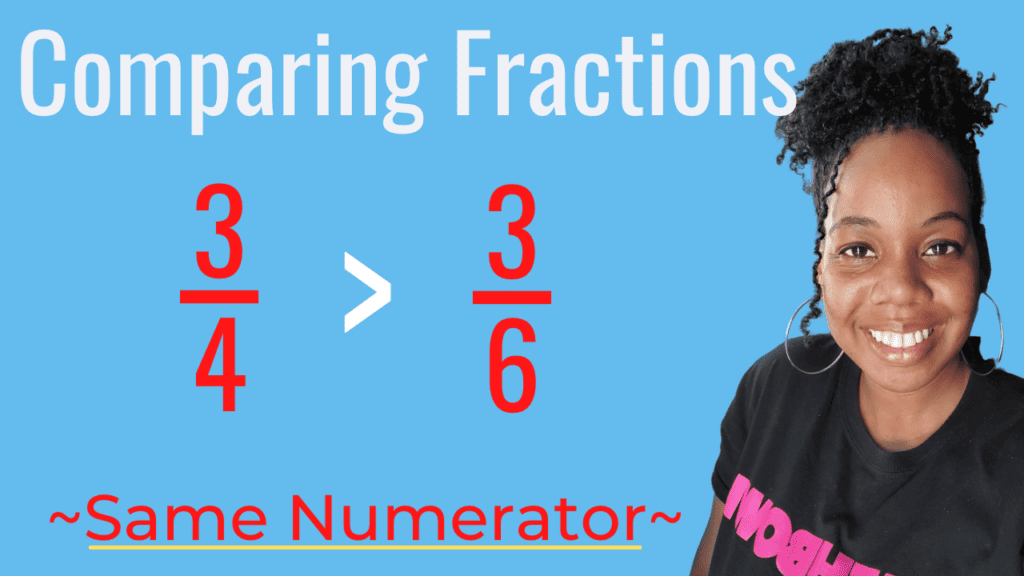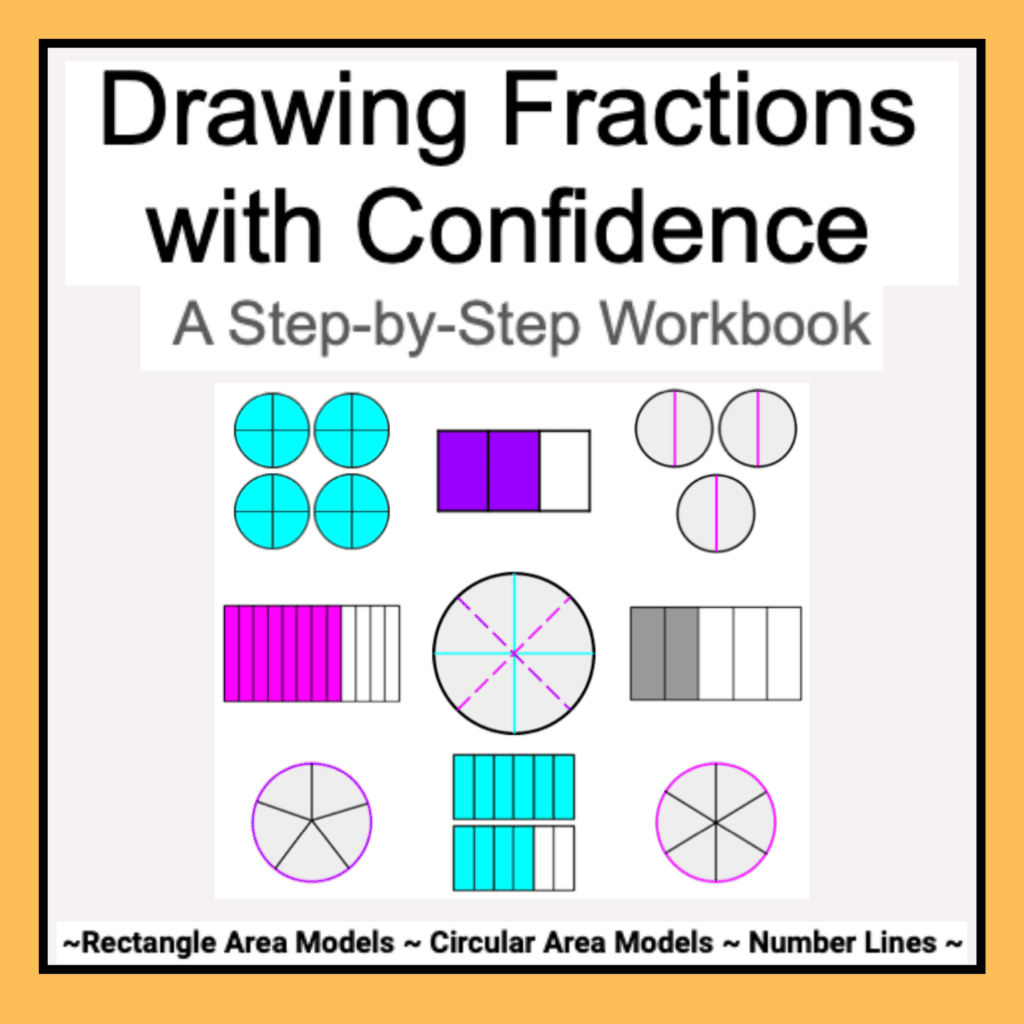As elementary math educators, one of our crucial tasks is to help students understand and compare fractions effectively. In this blog post, we will explore a visual approach to comparing fractions with the same numerator using a rectangular area model. We will delve into the process of comparing the fractions 3/4 and 3/6, demonstrating how the size of the parts within the whole affects their values. By the end, you’ll have a clear understanding of how to guide your students in making accurate fraction comparisons.
Watch the full video here: Compare Fractions with the Same Numerator

Comparing Fractions with the Same Numerator – 3/4 and 3/6:
Draw rectangular area models for the fractions 3/4 and 3/6 to begin our exploration on comparing fractions with the same numerator. It’s essential to ensure that both models have the same-sized wholes to facilitate accurate comparisons.
Drawing the Rectangular Area Models:
First, draw a whole rectangle. Next, partition the first whole, representing 3/4, into four equal parts. Similarly, partition the second whole, representing 3/6, into six equal parts.
Shading the Models:
Now, shade in the appropriate parts of each model to represent the fractions. For the first model (3/4), shade in three out of the four equal parts, indicating the numerator value of 3. In the second model (3/6), shade in three out of the six equal parts, reflecting the numerator value of 3.
Comparing the Models:
With the shaded area models in front of you, you can now compare the fractions 3/4 and 3/6. Although these fractions have the same numerator, their denominators differ, resulting in different visual representations within the whole.
Considering the Size of the Parts:
Upon comparing the two models, notice that the size of each part in the first model (3/4) is larger than the size of each part in the second model (3/6). Despite the fact that the denominator of 4 is smaller than the denominator of 6, the size of the fourths is greater than the size of the sixths.
Determining the Greater Fraction:
Based on your visual observation, you can conclude that 3/4 is the greater fraction when compared to 3/6. Although the denominator 4 is smaller than 6, the parts within the whole are larger in the 3/4 model. This understanding enables you to make accurate comparisons between fractions with the same numerator but different denominators.
Writing the Comparison Statement:
To summarize your findings, construct a comparison statement. Start by acknowledging that 3/4 is the greater fraction. The symbol you need to use to represent this comparison is the greater than symbol (>).
Final Comparison Statement:
In light of your analysis, the final comparison statement is as follows: 3/4 > 3/6. This statement clearly conveys that 3/4 is the greater fraction when compared to 3/6.
By utilizing rectangular area models, we have successfully compared the fractions 3/4 and 3/6, which share the same numerator. The visual representation of fractions helps students develop a deeper understanding of their relative values. By demonstrating that the size of the parts within the whole affects the comparison, students are equipped with a valuable tool for comparing fractions with the same numerator effectively.
Teach your students how to draw fractions using this easy to follow guide:

